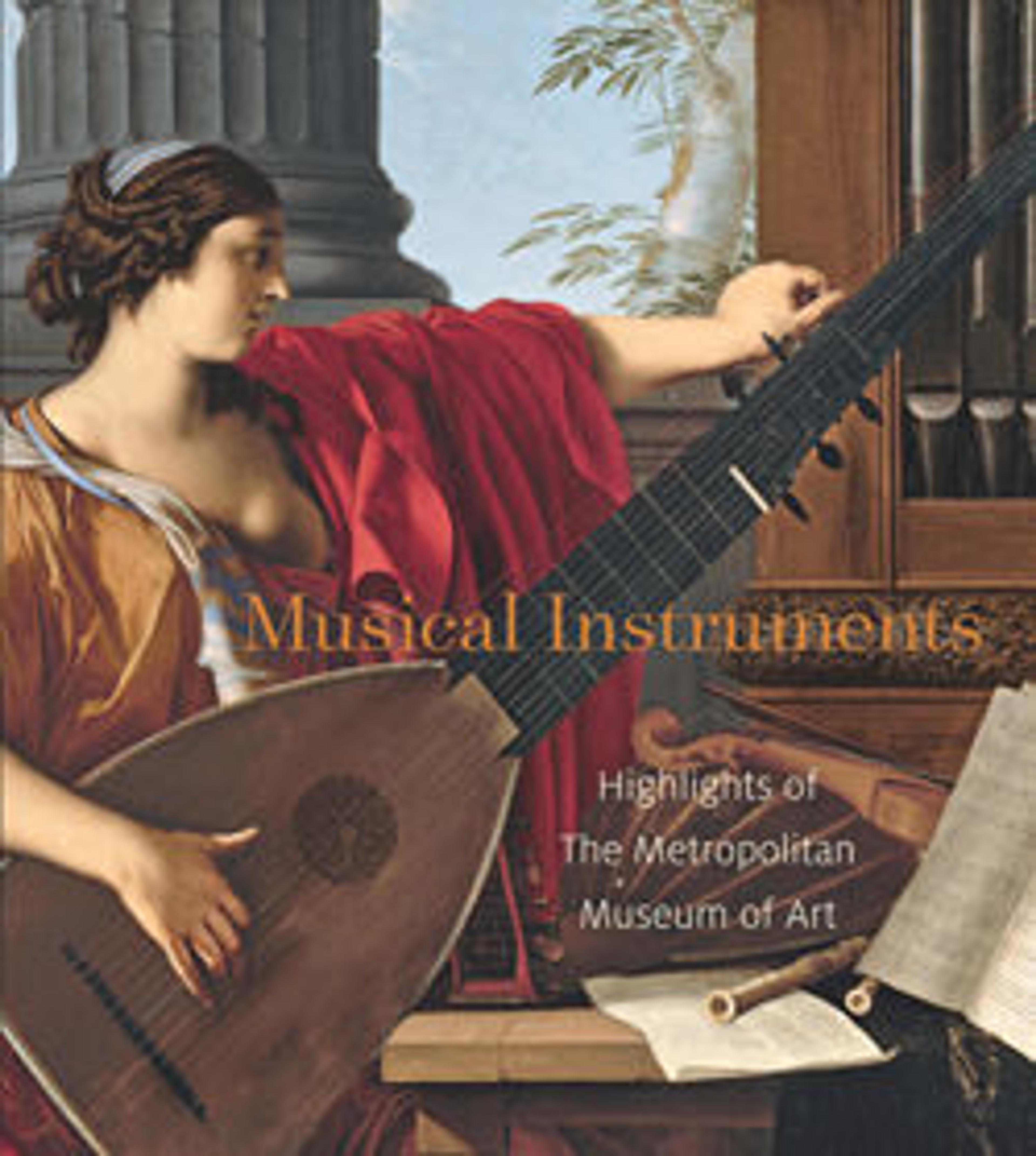Dizi
In addition to the blowhole (right) and finger holes, the dizi has an extra hole between the finger holes and blowhole that is covered by a membrane or a tissue-thin piece of bamboo that produces a poignant buzzing tone. There may also be a number of vent holes at the end from which tassels are frequently hung and poems may be inscribed on the flute as an additional decoration. Dizi are usually made of bamboo, but more durable materials, such as marble or, as in this case, jade, may be used. This flute, like other dizi, could be used in solo performance or in the kungu opera, one of the styles contributing to Beijing opera.
Artwork Details
- Title: Dizi
- Period: Qing dynasty (1644-1911)
- Date: late 18th–early 19th century
- Geography: China or Korea
- Culture: probably Chinese
- Medium: Jade
- Dimensions: 21 7/16 × 3/4 × 3/4 in. (54.5 × 1.9 × 1.9 cm)
- Classification: Aerophone-Blow Hole-side-blown flute (transverse)
- Credit Line: Gift of Rolf Jacoby, 1965
- Object Number: 65.149a, b
- Curatorial Department: Musical Instruments
More Artwork
Research Resources
The Met provides unparalleled resources for research and welcomes an international community of students and scholars. The Met's Open Access API is where creators and researchers can connect to the The Met collection. Open Access data and public domain images are available for unrestricted commercial and noncommercial use without permission or fee.
To request images under copyright and other restrictions, please use this Image Request form.
Feedback
We continue to research and examine historical and cultural context for objects in The Met collection. If you have comments or questions about this object record, please contact us using the form below. The Museum looks forward to receiving your comments.
